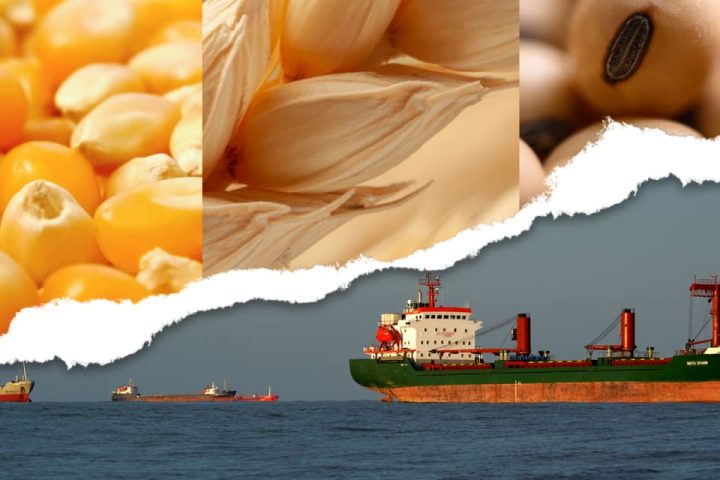By Adam L. Cataldo
Algoma Central said a it is still trying to determine the full effects from the backlog created by a recent labor strike. The Canadian marine transportation company owns and operates dry and liquid bulk carriers. It operates in markets throughout the Great Lakes St. Lawrence Seaway and internationally.
On the recent strike by St. Lawrence Seaway workers:
Labor began a work stoppage that resulted in a full closure of the Seaway system. “The parties reached a tentative contract deal on Oct. 29, and the Seaway re-opened on Oct. 30,” Algoma Central said. “During the 72-hour strike notice received prior to closure, and throughout the eight-day strike, the majority of the domestic dry-bulk fleet was at anchor, in standby berths or arranging for changes to their course.”
On the strike’s effect on operations:
“Although the seaway has re-opened, the backlog created by this closure caused further delays before the fleet was able to fully resume trading,” the company said. “The full impact of the closure is unknown as we are in the process of assessing the repercussions of the delays. Our fleet was already fully booked for the fourth quarter given seasonally high demand to move the new grain harvest and build winter inventories of iron ore, salt, and construction inputs. Given the capacity lost due to the strike, although we will attempt to shift cargoes to next year, some volumes will be lost.”
On the outlook for tanker demand:
“We expect customer demand in the product tanker segment to remain steady through the balance of the year, although energy markets are expected to remain volatile. Vessel utilization is expected to be strong; however, we do expect inflation to continue to impact costs going forward,” the company said. “The Birgit Knutsen, soon to be re-named the Algoluna, will enter service under Canadian flag during the fourth quarter, replacing the Algosea when she retires in November.”
On the outlook for international operations:
“In our international businesses, vessel supply at the ocean self-unloader pool level is tight for the remainder of the year, with two additional Algoma vessels on dry-dock. Volumes in the aggregate industry are under pressure, while volumes in the coal and gypsum sectors are expected to remain steady,” Algoma said. “In our global short sea shipping segment, we anticipate steady revenues from the cement fleet, with strong fleet utilization. Rate pressure resulting from ongoing global economic and geopolitical situations is anticipated to continue to impact the segment going forward, as mini-bulker and handy rates soften. Volumes and utilization are not expected to be affected by the lower rates.”
Write to Adam Cataldo at [email protected]
Read the full article here







